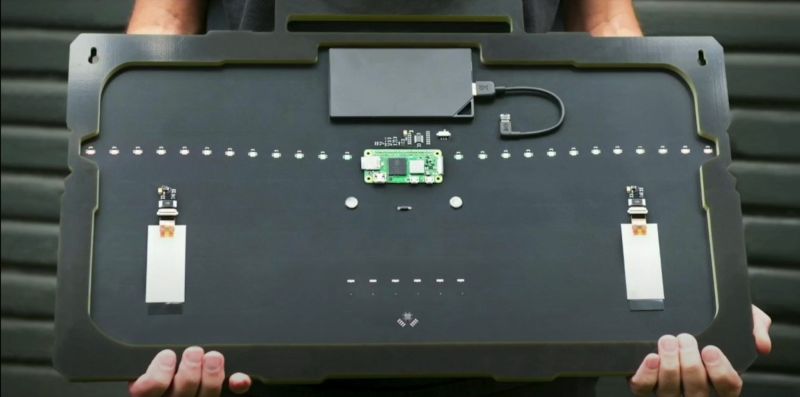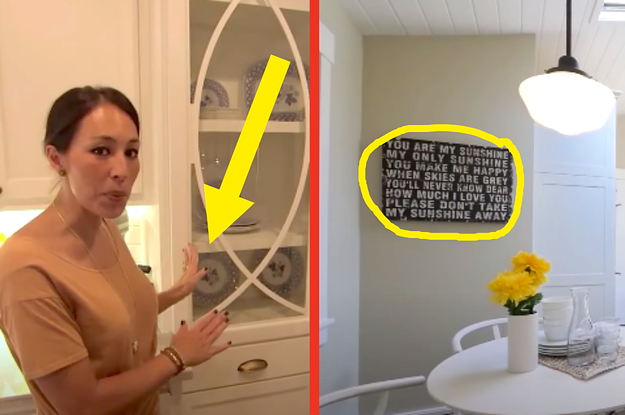Boomboxes are one of those status symbols that define the 1980s and part of the 1990s, being both a miracle of integration and the best way to share your love of music with as many people as possible. Naturally, this led Joe Grand to figure that it would make it a perfect subject for a modern take on such an iconic device. The primary inspiration for this came from a piezo speaker developed by TDK called the ‘PiezoListen’. These are piezo devices that can be less than a millimeter thick, while still claiming to reproduce a broad range of audio frequencies.
Just having these speakers is only part of the solution, of course, which led Joe down the rabbithole of not only figuring out the components that should go into the system, but also how to get it all on a single PCB and see how far one can push different solder mask colors with an appropriately boombox-like design. At its core is a Raspberry Pi Zero 2 W that runs Mopidy, to provide music server functionality. Also added are some RGB lighting and touch controls.
Joe has been behind a decade of DEFCON badges, so he definitely knows his way around. Even so, this design was a pretty big challenge despite the many off-the-shelf parts. With power, audio and touch interface traces running across the PCB and still trying to get a clear audio signal out of the piezo speakers required some help from your friendly neighborhood PCB specialist.
Although at first glance and looking at the used proof-of-concept setup it may seem that you basically just need to glue some ICs and modules to the board and you can pop off for a cold one at the pub, the signaling requirements for the touch sensor, the presence of BGA parts that required vias to break out all their pads on multiple layers and wrangling the inevitable ground-related issues that pop up added countless hours of fun. Shortly before the final board design was to be submitted, a final grounding issue had to be resolved, but when the resulting board came back, the PCB stack-up and everything else worked fine.

That just left the issue of putting the entire board together and verify that the software stack played nice on the freshly assembled system, including the audio DAC and amplifier. Perhaps ironically, the thickest part of the boombox is the power source, which is a cheap USB powerbank. If these were to be replaced by a thin pouch cell, the boombox probably could be so thin that it’d you’d be afraid to accidentally fold it.
A brief audio demonstration is also provided in Joe’s presentation, which suggests that it can indeed make some noise, although the need to put the microphone right up to the grille does make us question the ‘boom’ part of this box somewhat. This may be welcome news to the adults at the local park, however, when those darn kids with their boomboxes shuffle or roll past again.
Source link










Leave a Reply